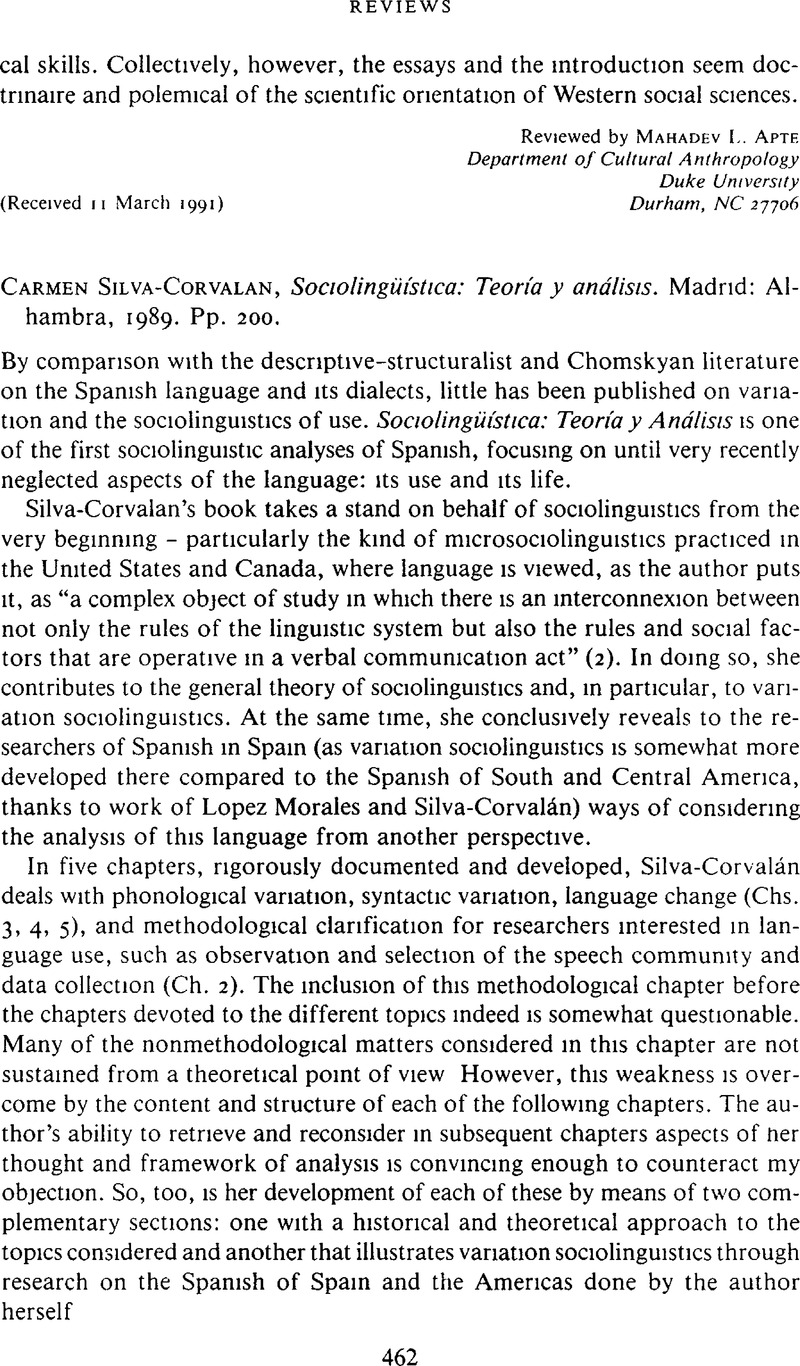Crossref Citations
This article has been cited by the following publications. This list is generated based on data provided by Crossref.
Spassova, Maria S.
2012.
The Encyclopedia of Applied Linguistics.



